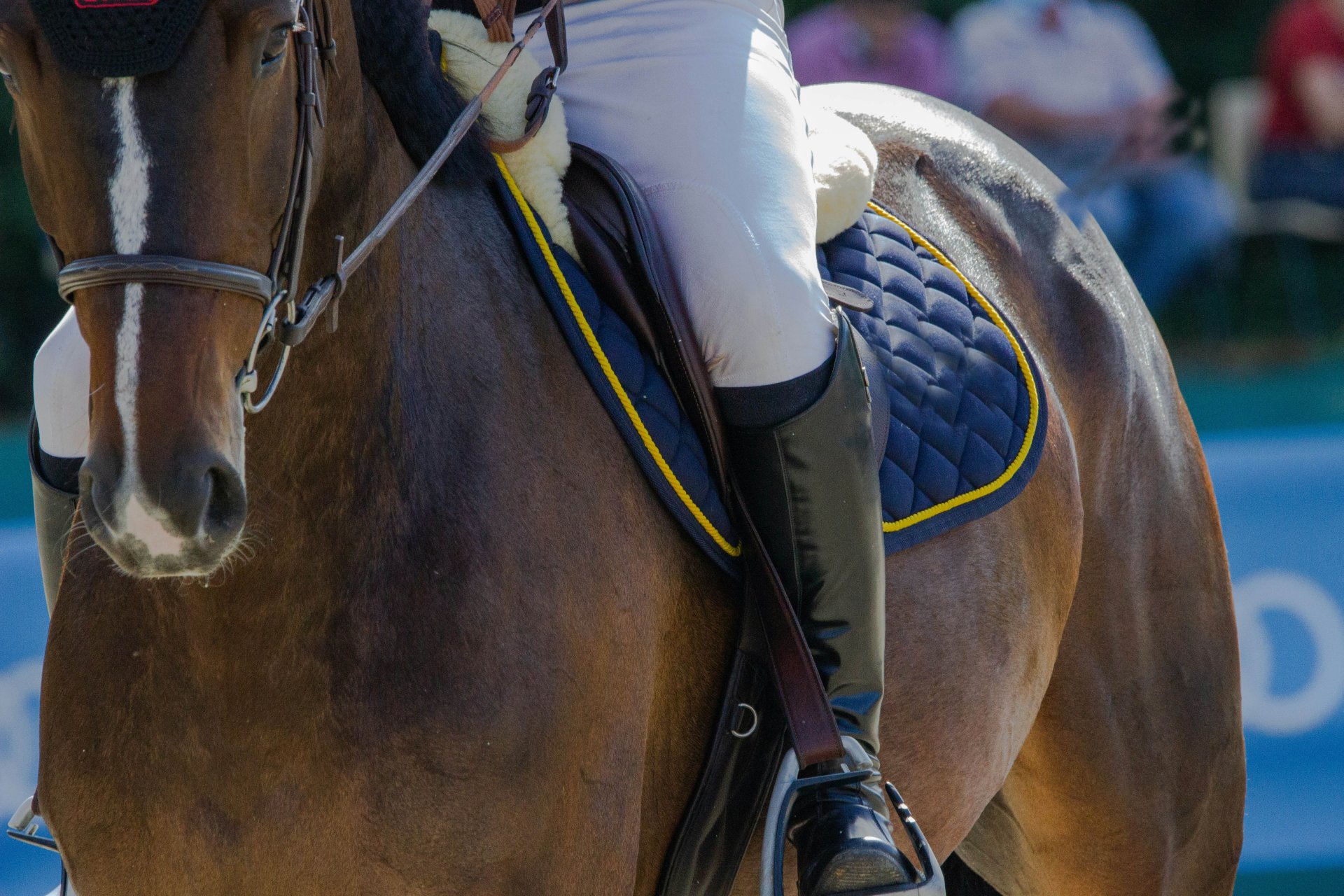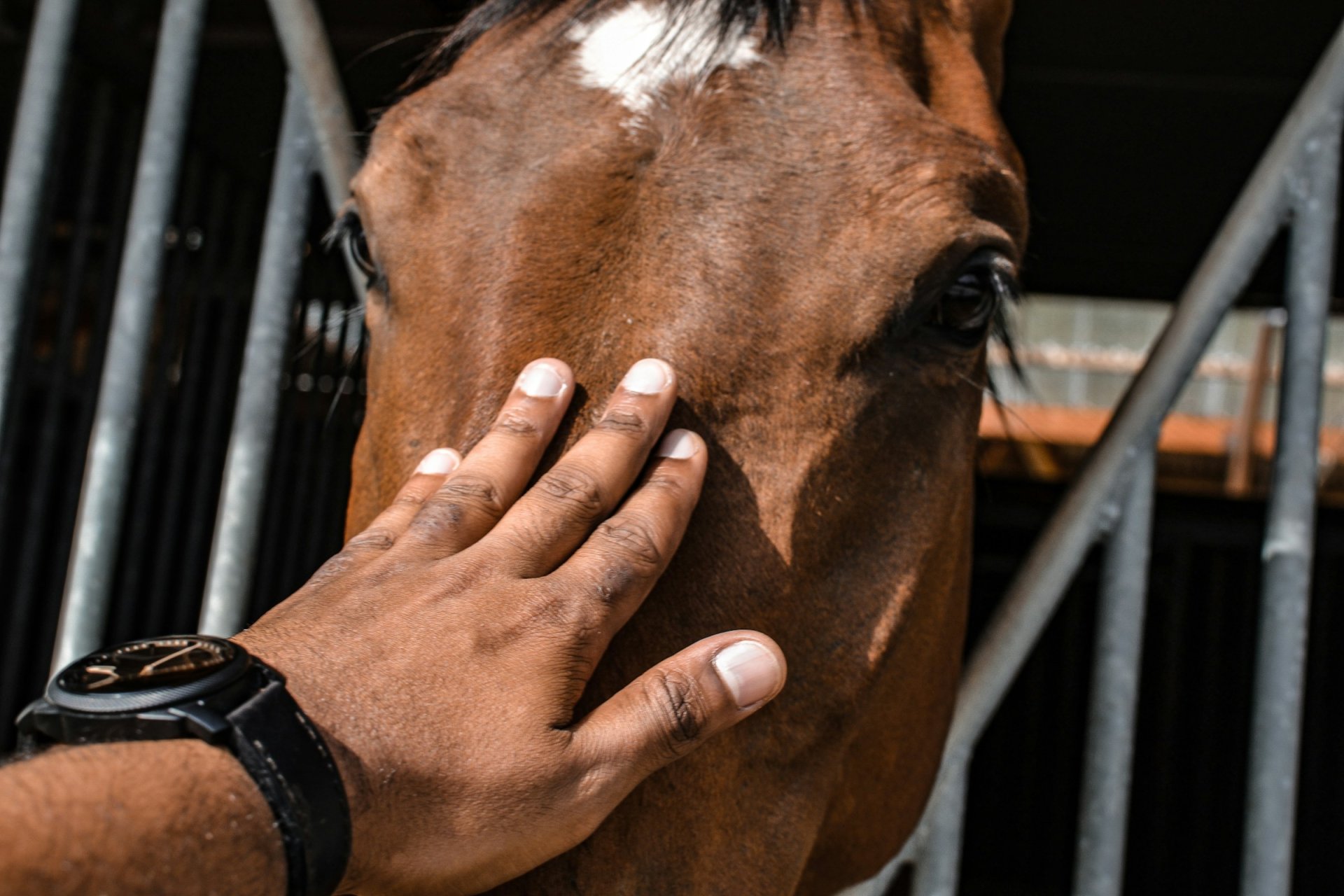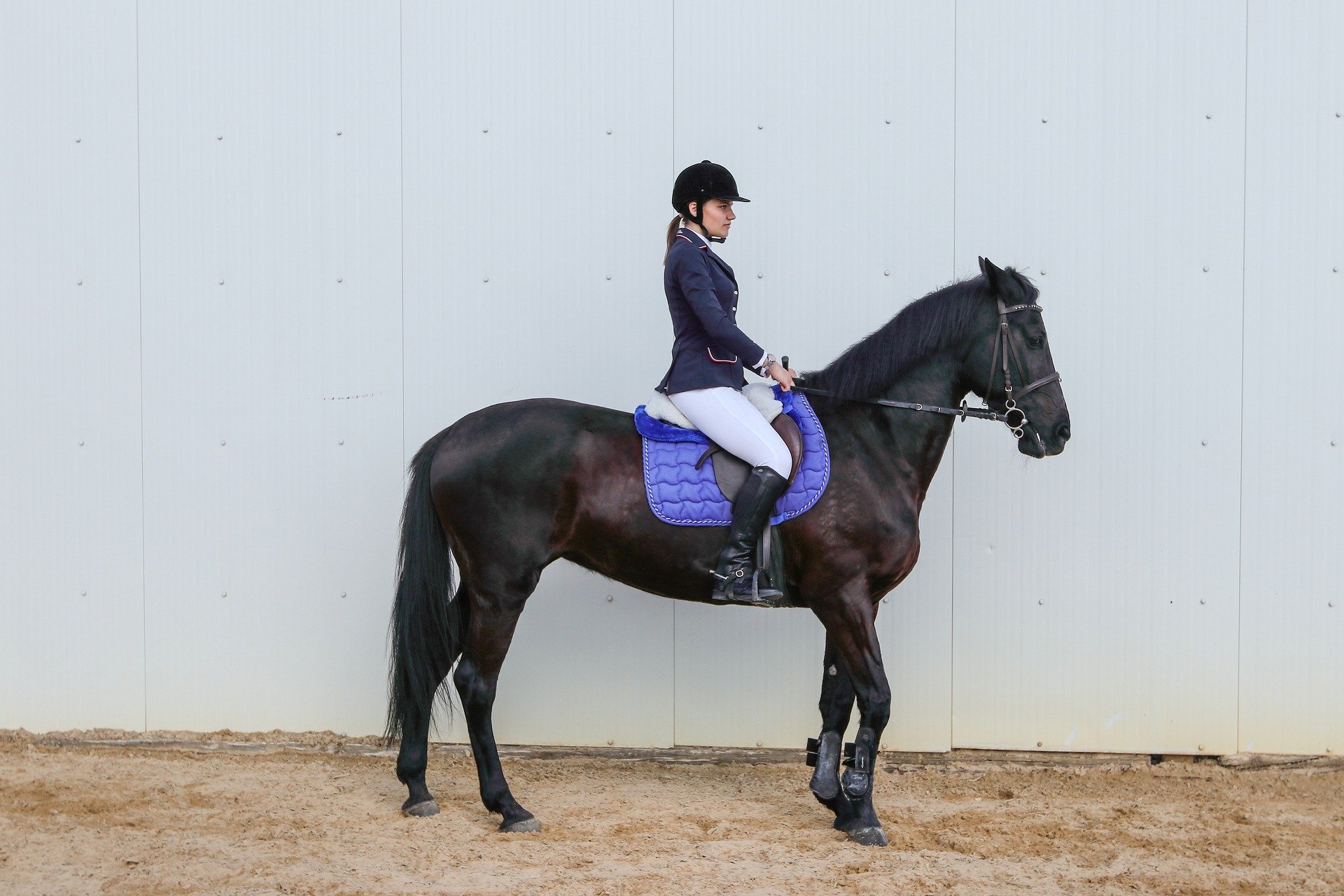
We believe that exceptional horsemanship begins with a deep understanding and respect for the horse itself. Whether you’re bringing along a young prospect, retraining an off-the-track Thoroughbred, or refining your trusted partner’s skills, the foundation of your training program is everything. It’s not about dominance or quick fixes; it’s about building a dialogue built on trust, clarity, and mutual respect.
Mistakes in early or ongoing training can create lasting confusion and erode the precious trust between horse and human. Conversely, a methodical, empathetic approach unlocks your horse’s true potential and fosters a partnership that lasts a lifetime.
After years of collaborating with professional trainers, veterinarians, and equine behaviorists, we’ve distilled the essence of successful training into five core pillars. Integrate these principles into your daily routine to train with confidence, avoid common pitfalls, and develop a willing, confident, and happy equine athlete.
Pillar 1: Master the Language – Understanding Equine Psychology and Communication
Before you ever pick up a lunge line or attach a rein, you must learn to speak your horse’s language. Horses are not humans; they are prey animals whose instincts are wired for flight, fight, or freeze. Effective training works with these instincts, not against them.
Why It Matters:
A horse that spooks at a flapping plastic bag isn’t being “naughty”; he’s responding to a perceived predator. A horse that pins his ears when you approach in the field is setting a boundary. Misinterpreting these signals leads to frustration, fear, and dangerous misunderstandings. By understanding their world, you become a predictable and safe presence in their eyes, which is the first step toward gaining their trust.
How to Implement This Principle:
● Become a Student of Body Language: Spend time simply observing your horse. Learn the subtle signs: the flick of an ear indicating attention, the tightness around the mouth signaling anxiety, the soft eye showing relaxation. Notice the difference between a high, tense tail (alarm) and a low, swishing tail (contentment or irritation).
● Practice Pressure and Release: This is the fundamental grammar of horse training. Pressure (which can be physical, like a leg aid, or spatial, like your presence) asks a question. The immediate release of that pressure when the horse moves even a fraction in the right direction is the reward. It tells him, “Yes, that is what I wanted.” The release makes the behavior, not the application of pressure.
● Be Consistent and Clear: If one day you ask for a whoa with a deep seat and soft rein, and the next day you are sharp and abrupt, your horse cannot learn. Consistency in your aids and expectations makes you predictable, and predictability builds trust.
Common Mistake to Avoid: Punishing a horse for displaying fear. Forcing a fearful horse to confront an object (e.g., whipping him for shying away) only confirms his belief that the object is dangerous and that you are a threat. Instead, use approach and retreat techniques, rewarding any sign of curiosity or relaxation.

Pillar 2: Invest in the Foundation – The Non-Negotiable Importance of Groundwork
The most critical training doesn't happen in the saddle; it happens on the ground. Groundwork establishes you as a calm and assertive leader, teaches essential commands, and ensures basic safety for all handling. It’s the blueprint for everything you will do under saddle.
Why It Matters:
A horse that doesn’t respect your space on the ground won’t magically respect it under saddle. Groundwork builds respect without force, teaching the horse to yield to pressure, focus on the handler, and respond to vocal commands. It’s your opportunity to install the "operating system" before you add the weight and complexity of a rider.
How to Implement This Principle:
● Teach the Core Yields: Your horse should confidently yield from pressure on the ground first. This includes yielding the hindquarters (disengaging the engine), yielding the forequarters, backing up respectfully, and moving forward on cue.
● Desensitization (Sacking Out): Systematically introduce your horse to scary stimuli in a controlled way. Use a whip, flag, or tarpaulin not to scare, but to teach. Touch him gently, and if he stands still, release the pressure and reward. Gradually increase the intensity as he remains calm. This builds a incredibly brave and confident horse.
● Lunging with Purpose: Lunging should not be about mindlessly running in circles. It should be used to establish voice commands (“walk,” “trot,” “whoa”), encourage balance, and gauge your horse’s mood and energy level before you ride.
Common Mistake to Avoid: Using groundwork as a way to exhaust a “fresh” horse before riding. This teaches the horse that being with you means hard work and no connection. Instead, keep sessions short, positive, and focused. End on a good note, even if it’s a small victory.
Pillar 3: Prioritize Physical Well-being – The Role of Health, Diet, and Comfort
You cannot train a horse effectively if he is in pain, uncomfortable, or improperly nourished. A horse’ physical well-being is the engine of its performance and the bedrock of its willingness to work.
Why It Matters:
A horse with a poorly fitting saddle will not want to move forward freely. A horse with dental issues will resist contact on the bit. A horse on a high-sugar diet may be uncontrollably energetic or prone to painful conditions like laminitis. Training asks for a physical effort; it is your ethical duty to ensure the horse is physically capable and comfortable.
How to Implement This Principle:
● Regular Professional Care: Schedule annual dental check-ups by an equine dentist (EDT), twice-yearly hoof care from a qualified farrier, and annual vaccinations and wellness exams from your veterinarian.
● The Saddle Fit Audit: This is perhaps the most overlooked aspect of training. A saddle that doesn’t fit can cause chronic pain, behavioral issues, and long-term back damage. Have your saddle professionally fitted and re-checked at least twice a year, as the horse’s shape will change with training.
● Balanced Nutrition: Work with a nutritionist or your vet to develop a feeding program appropriate for your horse’s age, breed, and workload. For most pleasure horses, high-quality forage (grass/hay) should be the cornerstone of their diet, with grain or concentrates added only as necessary for energy.
Common Mistake to Avoid: Attributing behavioral problems like bucking, rearing, or refusing jumps to “stubbornness” without first ruling out pain. Always let a vet be your first call when a previously willing horse suddenly develops an evasion.

Pillar 4: Cultivate Patience and Embrace the Process – There Are No Shortcuts
Horse training is a marathon, not a sprint. Every horse learns at a different pace. Pushing too fast, skipping steps, or losing your temper will break the trust you’ve worked so hard to build and can create lasting problems.
Why It Matters:
Learning for a horse is neurological. It takes time for new neural pathways to form and for a behavior to become a habit. Rushing this process leads to a horse that is confused, anxious, and prone to “blowing up.” True training is about incremental progress.
How to Implement This Principle:
● Set Realistic, Small Goals: Instead of “I will canter today,” your goal might be “I will ask for three strides of a calm canter and then come back to a trot and reward.” Small wins build confidence for both of you.
● Know When to End a Session: The best trainers know to quit while they’re ahead. If your horse just gave you a beautiful, soft downward transition, that is the perfect note to end on. Don’t be greedy and ask for ten more, risking a mistake that will leave a negative final impression.
● Celebrate the Try: Reward the smallest effort. If you’re teaching a side-pass and the horse shifts his weight even slightly, release and reward! This encourages him to offer more next time.
Common Mistake to Avoid: Comparing your horse’s progress to others. Your journey with your horse is unique. Focus on the horse in front of you, not the one in the next arena.
Pillar 5: Commit to Continuous Learning – For You and Your Horse
The day you stop learning is the day you should stop training. Horsemanship is a journey with no final destination. Seek knowledge, be humble, and be willing to admit when you need help.
Why It Matters:
Techniques and understanding evolve. A problem you can’t solve might have a simple solution in the hands of an experienced trainer. Investing in your own education is the greatest investment you can make in your horse’s training and well-being.
How to Implement This Principle:
● Work with a Trainer: Even Olympic riders have coaches. A good trainer provides an objective eye on the ground, corrects your position, and helps you troubleshoot problems before they become ingrained.
● Clinic and Workshop Attendance: Attend clinics not just to ride in them, but to audit. You can learn a tremendous amount by watching a professional work with different horses.
● Read, Watch, Listen: Devour books from renowned trainers, watch educational videos, and listen to equine podcasts. Cross-train in different disciplines—a dressage principle can vastly improve a jumper, and a western horsemanship clinic can teach a English rider about softness.
Common Mistake to Avoid: Letting ego get in the way of asking for help. Struggling with an issue for months out of pride is a disservice to your horse. There is no shame in seeking guidance.

Train with Wisdom, Ride with Trust
Building a well-trained horse is one of the most rewarding journeys an equestrian can undertake. It requires empathy, patience, and a commitment to doing what is right for the horse. By embracing these five pillars—understanding their mind, building from the ground up, ensuring their comfort, practicing patience, and never stopping your education—you do more than just train a horse. You build a partnership based on unwavering trust and respect.
We are committed to supporting that journey. We craft our tack and equipment with the same care, precision, and respect for the horse that we advocate for in training. Because when you and your horse move as one, you truly shine.